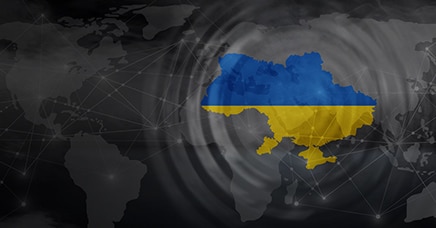Transforme su estrategia
Tres pasos para la ruta
Un catalizador para la transformación estratégica
Podríamos pensar en la resiliencia como la capacidad de ir más allá de simplemente responder y recuperarse de desafíos inesperados, para crecer y evolucionar de maneras que creen más valor en el futuro. En lugar de simplemente "regresar" a donde estábamos antes, deberíamos buscar nuevas formas de interconectar nuestras actividades y prosperar.
Esto significa mirar hacia el futuro, desafiar nuestros supuestos básicos acerca de en qué negocio estamos realmente y anticipar oportunidades que nadie ha visto aún. Esta puede ser una perspectiva desalentadora en tiempos "normales", pero el contexto de la pandemia podría proporcionar el estímulo que necesitamos para aprovechar el momento.

Connect for impact
Conecte con nuestros líderes alrededor del mundo
Francisco Salazar
Strategy & Business Design and Monitor Deloitte Leader





















